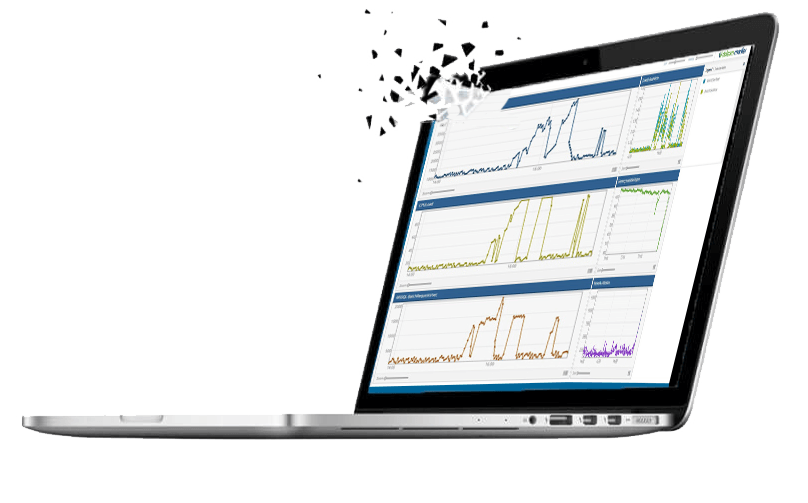How is My Website Performing?
Your website probably isn’t performing as well as you’d like. But simply clicking around your website can’t tell you where the problems are or how to fix them. There are plenty of ways you can check your website performance. Which solution you use depends on your needs.
3 Website Performance Solutions You’ll Want to Try
Solution #1: Website Speed Test
Dotcom-Monitor has a free tool for checking the speed of a single web page. It lets you test using a variety of browsers, including mobile. This tool also allows you to test your website’s speed from locations around the world.
A quick and dirty speed test like this can let you know if you need to do make some improvements to your site to optimize performance. You can also enter the URLs of your competitors’ sites to see how you’re doing in comparison to them.
Solution #2: Google PageSpeed Insights
One of the reasons you care about website performance is that Google’s search algorithms consider website performance when they rank search results. You can check your website speed for free with Google PageSpeed Insights. As the name implies, this test will let you know how you can improve your website’s speed.
Some of the factors Google covers with their insights range from CSS files that could benefit from compression or minification, to reducing the size of the images on the page. A cool feature about this solution is that they also allow you to download all of your optimized files as a gzip in order to replace the existing content currently on your webpage. They also list optimizations that they do find on your webpage.
This is an ideal solution for someone wanting some quick insights into the functionality of a page on their website, but offers no automation or customization.
Solution #3: Load Testing
Running a load test is still the best way to see how your website is performing in the real world. A load test will tell you if your site slows down when you have a large amount of visitors, what part of your IT infrastructure fails first under heavy load and pinpoint areas of congestion on your web server. That way, you’ll know how your site will perform when business is booming.
With load testing software like Dotcom-Monitor’s LoadView, you record test scripts that mimic actual user behavior. LoadView then creates as many virtual users as you specify to carry out the test scripts. The reports will indicate how well your website is performing. Even better, the reports will help you track down and troubleshoot your problem areas – the first step to improving your website performance.
LoadView is a cost-effective SaaS (Software as a Service) solution. With LoadView, you only pay for the server resources you use during the test. Open source software such as Apache JMeter offers much of the same functionality as premium solutions, though free options don’t create virtual web traffic on servers around the world and offer no support through customer service. This means an in-house development team and server capacity are both needed. Global testing is important for international businesses because it tests the experience of all your site visitors instead of only local users.
Test Results
If you’re unhappy with the results of your website speed test, you’ll need to look at a few potential culprits. Your servers may be to blame. Web pages with lots of elements and images can take way too long to load. You may be able to speed things up right away by de-activating plugins. In the long term, you may need a site redesign to keep your site minimalist and speedy.



